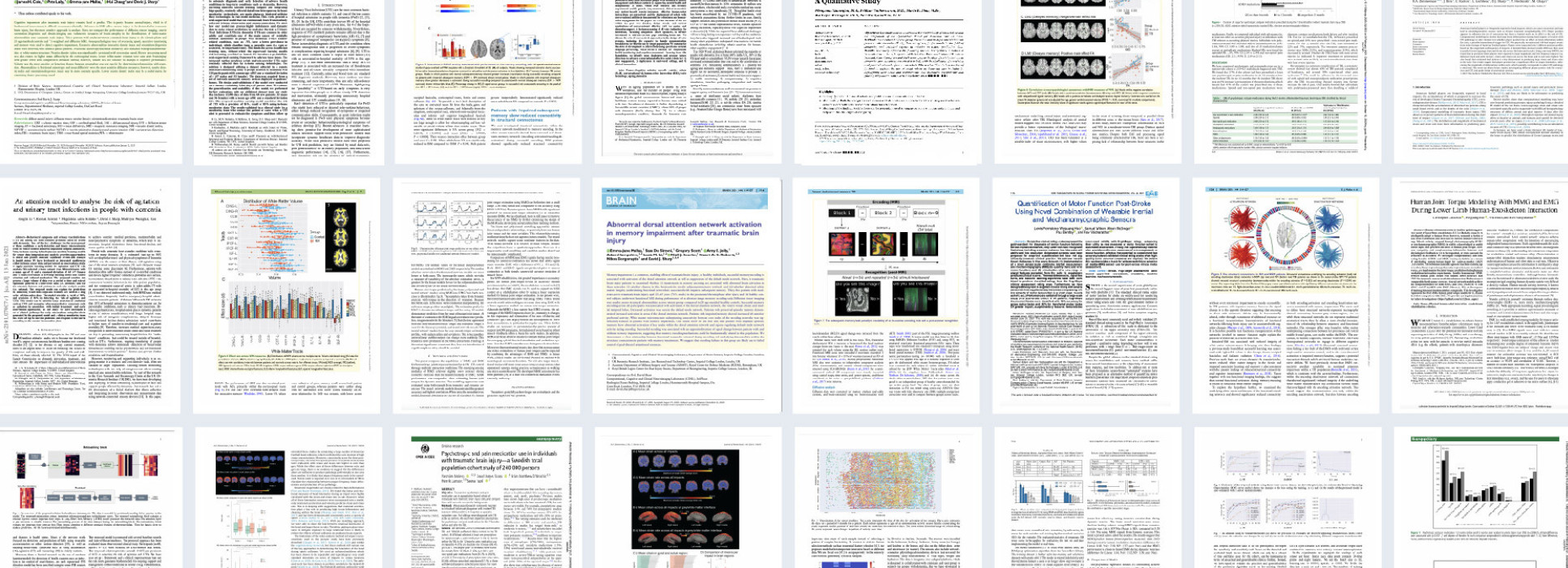BibTex format
@article{Zimmerman:2021:10.1016/j.jbiomech.2021.110256,
author = {Zimmerman, K and Kim, J and Karton, C and Lochhead, L and Sharp, D and Hoshizaki, T and Ghajari, M},
doi = {10.1016/j.jbiomech.2021.110256},
journal = {Journal of Biomechanics},
title = {Player position in American Football influences the magnitude of mechanical strains produced in the location of chronic traumatic encephalopathy pathology: a computational modelling study},
url = {http://dx.doi.org/10.1016/j.jbiomech.2021.110256},
volume = {118},
year = {2021}
}




